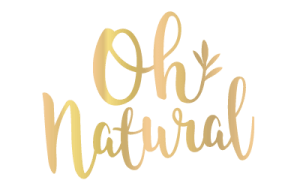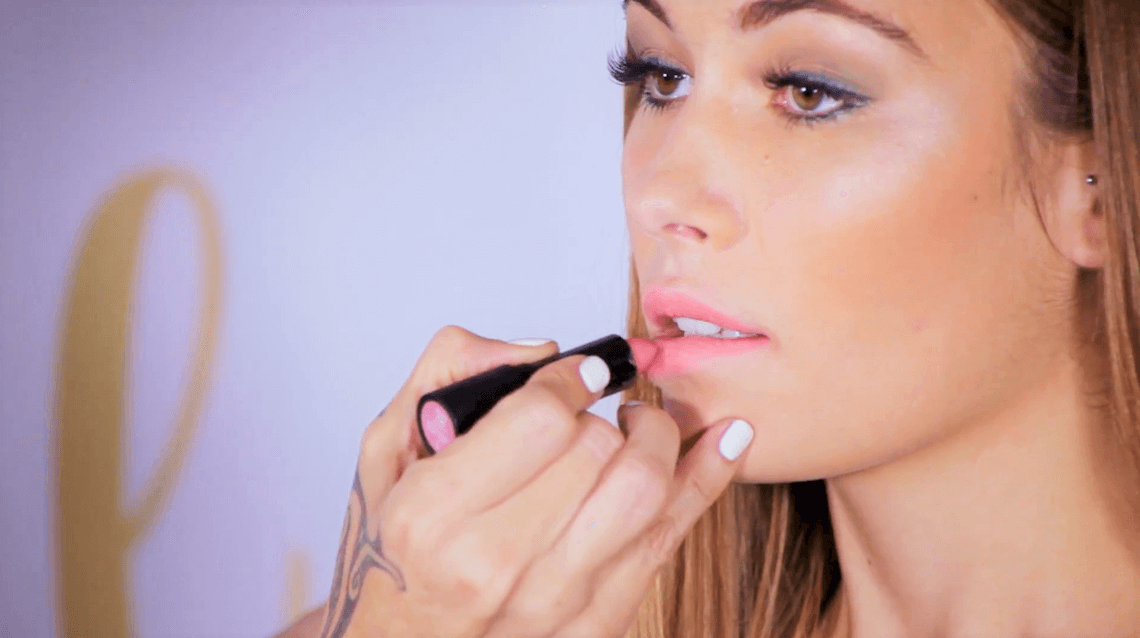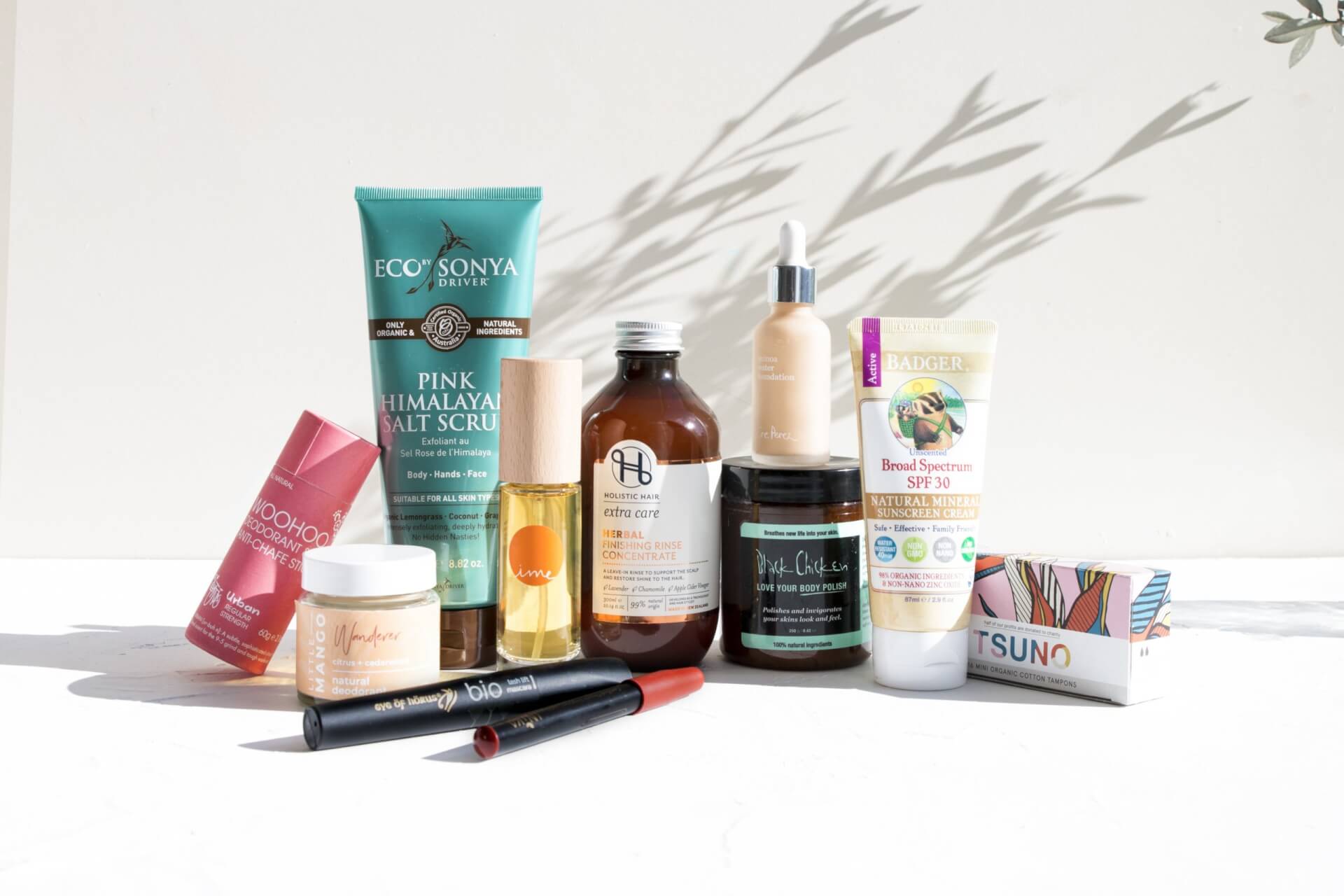Beauty, Natural Beauty, Skincare, Wellness
Toxins in cosmetics – Toxic chemicals to avoid
Knowledge is power when it comes to understanding what you put on your face & body!
Big brands use lead in lipstick, petrochemicals in nappy balm and neurotoxins in eyeliner! Know your enemy with this guide to avoiding toxic chemicals in cosmetics and skincare. At Oh Natural we choose our products very carefully and there are some nasty toxic ingredients that we strictly veto. We hope you enjoy learning a bit about why natural beauty products are the best choice!
LEAD & HEAVY METALS
Reproductive, immune & nervous system toxicity | Carcinogenic
Who would have thought we still accept lead in our lipstick? Mmmhmmm, that’s it right there labelled something innocuous like Lake Red or Red 33.
You’ll be surprised which ‘natural’ lipsticks you find this in; these sneaky toxic colourants are rated ‘not for consumption’ by the FDA, but approved for use in lipstick at low levels – because no one swallows lipstick, right? They are extremely common in redder shades of lipstick.
Heavy metals like lead, arsenic, mercury, aluminum, zinc, chromium and iron are found in a wide variety of personal care products including lipstick, whitening toothpaste, eyeliner and nail polish.
Many cosmetic colourants are made from petroleum and coal tar, so they contain toxins including heavy metals which penetrate the skin and enter the bloodstream, or are swallowed if used in lipstick.
Heavy metals build up in our bodies over time (that’s what they mean by ‘system toxicity’) and are associated with cancer, allergies, reproductive and developmental disorders, neurological problems, memory loss, mood swings, muscle disorders, kidney and renal problems, lung damage, hair loss, nausea, and headaches.
SODIUM LAURYL SULPHATE & SODIUM LAURETH SULPHATE (SLS & SLES)
Skin irritants | Carcinogenic contaminants
Used as a foaming agent in anything from shampoo and body wash to toothpaste, SLS is a degreaser which can remove oil from your hair, or, you know, degrease a car engine. It’s common in household cleaners too. A well known skin-irritant, SLS is also irritating to the eyes, and generally is not something you want to slather on your skin.
Sodium laureth sulfate can also irritate skin and people can become increasingly reactive over time – but the main reason to avoid SLES is that they can be contaminated with 1,4 dioxane, a known carcinogen, during the ‘ethoxylation’ petrochemical process.
However we believe that the biggest danger of SLS and SLES is that many brands have slapped “SLS FREE” on their labels to make them look safe; while they continue to use numerous other more toxic ingredients! This ‘greenwash’ marketing means that companies profit off unproven rumours (that SLS will give you eye cataracts and will be absorbed by your organs leading to cancer), while continuing to use harmful formulations.
PETROLATUM
Carcinogenic contaminants
This one is old school and the base for many synthetic emollients, creams and balms.
The innocuous sounding petrolatum is actually nasty old mineral oil jelly (or petroleum jelly). It is used as a barrier to lock moisture in skin products, in hair care products to make hair shine, in children’s Vapour Rubs, nappy balms, lip balms, and many more.
Petrolatum can be contaminated with polycyclic aromatic hydrocarbons (PAHs). Exposure to PAHs, including skin contact over extended periods of time is associated with cancer – leading the European Union to classify petrolatum a carcinogen and restrict its use in cosmetics. PAHs in petrolatum can also cause skin irritation and allergies.
PARABENS
Hormone disruptors
Parabens are one of the most common toxic ingredients in skincare with an estimated 75 – 90% of cosmetics containing parabens, which are the most widely used preservative in cosmetics.
They are also used as fragrance ingredients, but you won’t find them on the label as manufacturers are not required to disclose the 1500+ chemicals that can be listed under ‘fragrance’.
Derived from petrochemicals, parabens easily penetrate the skin, entering the bloodstream and organs. Scientists have estimated that women are exposed to 50 mg of parabens from cosmetics every day.
The main danger is that parabens interfere with hormone function as they can mimic estrogen. Parabens have been found in human breast cancer tissues, suggesting an association between parabens in cosmetics and cancer. Parabens may also interfere with male reproductive functions.
Also, research indicates that methylparaben applied on the skin reacts with UVB leading to increased skin aging and DNA damage.
ALUMINIUM
Genotoxin | Breast Cancer Suspect
Aluminium is genotoxic; it can alter both DNA and genetic code.
It’s also under suspicion for influencing the development of breast cancer, which occurs more often in the upper outer quadrant of the breast… near where we use deodorants. Researchers also found a higher rate of mutated cells in this area, and note that aluminium influences the estrogen receptors on breast cancer cells. Women with breast cancer in one study had more aluminium in their breast fluid than women with healthy breasts.
All in all, we say it’s a no to aluminium in Oh Natural products!
Phthalates
Hormone disruptors | Carcinogenic
Phthalates are sneaky nasties often found in nail polish, hair spray and hidden on labels under the term ‘fragrance’. We always look for ‘Natural Fragrance’ or ‘Fragrance Free’ when choosing beauty and skincare products. 🌿
Recent scientific studies have connected phthalates with altered hormone levels, reproductive effects, and increased incidence of chronic diseases.(1)
Messing with our hormones is really serious as hormones affect our bodies in so many essential ways. Research by the University of Maryland associated phthalates with altered male infant development in the womb and through breastmilk; decreased fertility in adult males; and increased rates of cancer in mice which indicates that phthalates are ‘anticipated to be a human carcinogen’. (2)
Use your knowledge
We want you, our lovely customers, to be safe and empowered with this knowledge – and to feel confident sharing info across your sphere of influence.


